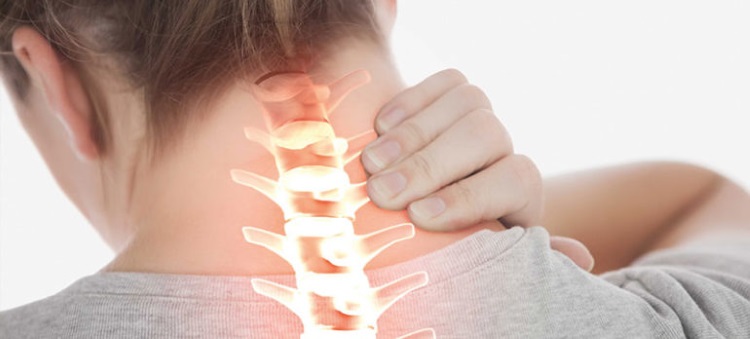
Whiplash hurts. When the head is rapidly propelled first forward, then back, the result can be a major pain in the neck.
When whiplash happens, no one sees it coming. It all happens so fast, including that forward and back whipping of the head. Because the average human head weighs between 10 and 13 pounds, that’s a lot of stress on the upper vertebrae.
But our question for this blog post is about the affected structures of the neck. Whiplash – is it muscle, ligament, or both. Let’s look at the facts and get to the bottom of it.
Whiplash associated disorders (WAD).
Whiplash associated disorders have four separate categories, as there are so many factors affecting the severity of whiplash and its prognosis.
The first of these is the type of whiplash which presents no symptoms and no diagnostic evidence of damage. The second presents some symptoms, but no indication of nerve damage. Category three covers instances of nerve pain, including numbness and tingling, or weakness. The final type of WAD involves dislocations and fractures in the vertebrae.
A cervical strain implicates muscles in the neck. These run in different directions, with the outer muscles being longer. The neck is not unlike an onion, with several layers to examine in the case of whiplash.
The general rule as to whether whiplash has implicated the muscles or ligaments (or both) is whether the injury is identified at diagnosis as a strain or a sprain. A sprain refers to injury of the ligaments, while a strain refers to a muscle injury.
Answer: it depends!
WAD which implicates muscle can be just as complicated to address as injuries implicating the ligaments. If muscles inside the neck (involved in fine motor control) take a hit, those long muscles on the outside of the need to be immobilized to encourage the interior muscles to work and thus, recover.
Naturally, of all the categories of WAD, fractures and dislocations are the most serious, but nerve injury also requires focused attention to restore patients to normal function. Most cases of whiplash are relatively minor, with patients recovering quickly and with little intervention.
But if you’ve suffered a whiplash injury, it’s crucial that you seek immediate diagnosis to ascertain the location and complexity of the injury. As I’ve said earlier, whiplash hurts (usually). Even if it doesn’t and if you’ve had an incident involving your head snapping forward and back, it’s important that you get a diagnosis.
Back & Body – multi-disciplinarian care for WAD.
At Back & Body, we practice an innovative style of multi-disciplinarian care which combines the forces of doctors and therapists from four distinct medical disciplines. My chiropractic care is supported by other professionals, practicing acupuncture, sports medicine and physical therapy.
Our award-winning model of care is renowned in Manhattan and is now available in New Jersey for people who’ve suffered whiplash injuries here.
If you’ve been in an accident you suspect may have provoked a serious case of whiplash, don’t hesitate to contact us.









